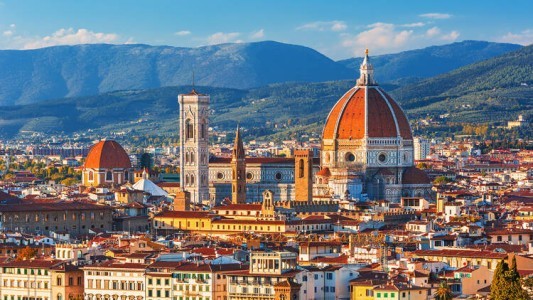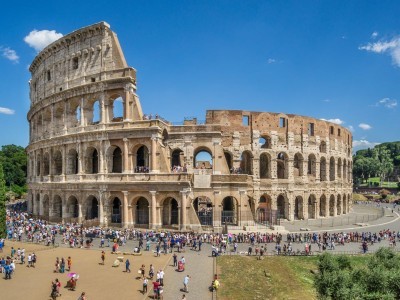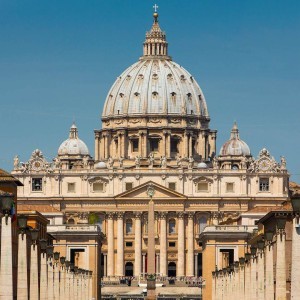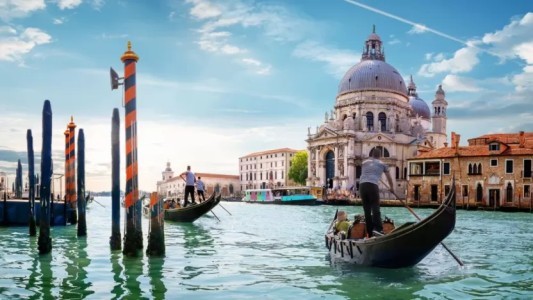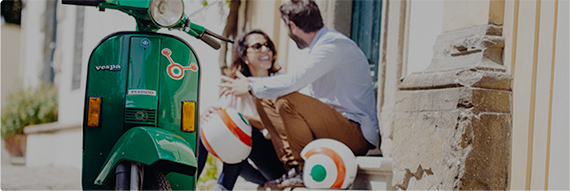Michelangelo Itinerary
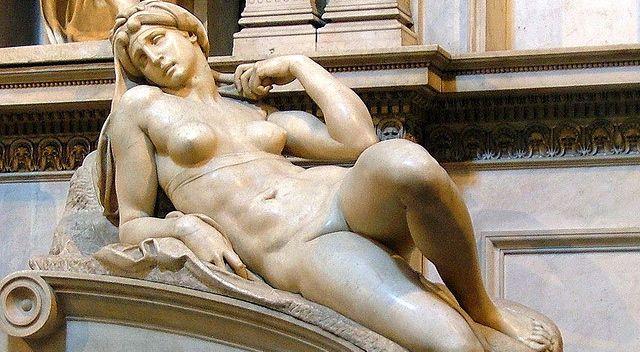
Although he never lived in it, Michelangelo owned the property where the Casa Buonarroti museum is housed in Via Ghibellina 70, but it is a good starting point as it holds seven original drawings and five original sculptures by the artist, all of which come directly from the private collection of the family. These works include one of Michelangelo's most recognised sketches of the Madonna and child and some of his earliest sculptures, the Madonna of the Stairs and the Battle of the Centaurs. Remember to take a look at the wooden model of the planned façade of the church of San Lorenzo so you can imagine it in place when you pass the church later.
Leaving the Casa Buonarroti follow the Via Ghibellina towards the centre and at the end on the left you will find the Bargello National Museum. This medieval building, a former city hall and prison, now houses some of the most important early Renaissance sculptures.
On the ground floor is the gallery that holds some of Michelangelo's most famous early works, such as the elegant Bacchus, the Roman god of wine, and his Pitti Tondo. Michelangelo's later unfinished bust of Brutus (1539), and of the David-Apollo (1530-32) are also held here. The David-Apollo was carved for Baccio Valori, later accused of treason and beheaded on order of Duke Cosimo I, who confiscated the David-Apollo sculpture, and kept it in his bedchamber.
Leaving the Bargello, take the Via del Proconsolo towards the Cathedral and the Museum of the Opera of the Duomo. This building was the workshop for the cathedral's construction and now houses some of the most important works of the Renaissance that were originally part of the Duomo. It was also the Duomo's sculpture studio, used by Michelangelo for the creation of his famous David, originally intended for the Duomo to fill one of the small niches high on the exterior of the cathedral.
The museum is home to Michelangelo's Pietà, one of several that he worked on throughout his life. The Pietà is traditionally a depiction in art of the Virgin Mary grieving over her dead son, Jesus, and this one, known as the Florentine Pietà or Deposition includes the figure of Nicodemus, said to be a self portrait of the artist. According to Vasari, this sculpture was intended for Michelangelo's own tomb.
From the Piazza Duomo, take the Via Ricasoli to the Galleria dell'Academia close to the site of the garden where Lorenzo the Magnificent gathered the young Michelangelo and other promising artists to create the very first academy of fine arts. The gallery is now home to the David, Michelangelo's most famous work. David is portrayed in a unique way, not the traditional post-battle, victorious scene with the head of Goliath at his feet, but pre-battle, perfectly poised, pensive and ready to fight. David was the first giant free-standing nude since classical times and a perfect symbol for the city of Florence at a time of political upheaval. For this reason, the David was placed in front of the Palazzo Vecchio, symbol of the Florentine government, rather than the small niche at the back of the Duomo where it was intended to go.
In the hall leading to the David are Michelangelo's unfinished Prisoners, or Slaves, so-called for their seemingly “enslaved” appearance, trapped within the blocks of marble. Seeing these unfinished sculptures gives us an idea of how Michelangelo worked, sculpting from front to back, slowly revealing the figure.
A short distance from the Accademia is the Church of San Lorenzo with its unfinished face. Michelangelo planned the facade for some years before the project was shelved but his plans for the New Sacristy and the Laurentian Library were realised. The Medici Chapel adjoins the church with the entrance from the Piazza Madonna degli Aldobrandini and inside you will find Michelangelo's Night and Day on the tomb of Giuliano de' Medici, Duke of Nemours and Dawn and Dusk on the tomb of his nephew Lorenzo de'Medici Duke of Urbino.
Heading back to the heart of the political centre, the Piazza della Signoria, we come face to face with the copy of the David, occupying the site where the original stood for centuries. In the main council chamber of the Palazzo Vecchio, called the Salone dei Cinquecento is Michelangelo's Genio della Vittoria perhaps intended for the tomb of Pope Julius II.
Leaving the Piazza della Signoria behind the statue of Neptune brings you into the narrow street of Borgo dei Greci. At the far end of the street we come to the Piazza Santa Croce, but on the way it is worth a quick diversion to the left into Via dei Bentaccordi, the curve of the buildings following the site of the Roman amphitheatre. Just at the end, before the intersection with Via dell' Anguillara, there is a stone plaque on the wall on your left showing the site of the house where Michelangelo grew up.
Finally we come to Michelangelo's resting place inside the Church of Santa Croce. He died in Rome at the great age of 88, while still working on the Pietà Ronanini. His remains were returned to Florence and interred in Santa Croce after a funeral befitting a prince in San Lorenzo paid for by the Medici family. His monumental tomb, designed by Vasari is attended by three figures representing painting, sculpture and architecture.



